Apple Vision Pro 2 (Lite) news is catching the attention of everyone interested in mixed reality. The highly anticipated device is expected to arrive somewhere around the end of 2025 or the beginning of 2026. Experts project that this iteration will provide elements of the original Vision Pro but at a significantly reduced overall cost. In this article, you’ll learn about its anticipated market, capabilities, and what it means to you.
Table of Contents:
- Understanding the Apple Vision Pro 2 (Lite): Product Overview
- Expected Technical Features and Innovations
- Expected Design and Build Quality Features
- Comparing Apple Vision Pro 2 (Lite) vs Original Vision Pro
- Target Audience
- Speculated Price and Included Features
Understanding the Apple Vision Pro 2 (Lite): Product Overview
The Apple Vision Pro 2 (Lite) is expected to be similar to its predecessor in terms of functionality but at a more affordable price. This new entry into the Apple ecosystem is expected to carefully balance cost and functionality in order to expand the company’s reach. Apple faces a challenge in maintaining its reputation for high-quality computing while still managing a reasonable price point. However, it’s clear that Apple is dedicated to excellence within this new digital landscape. And their latest offering has the potential to dramatically change how people create, manage, and interact with digital content.
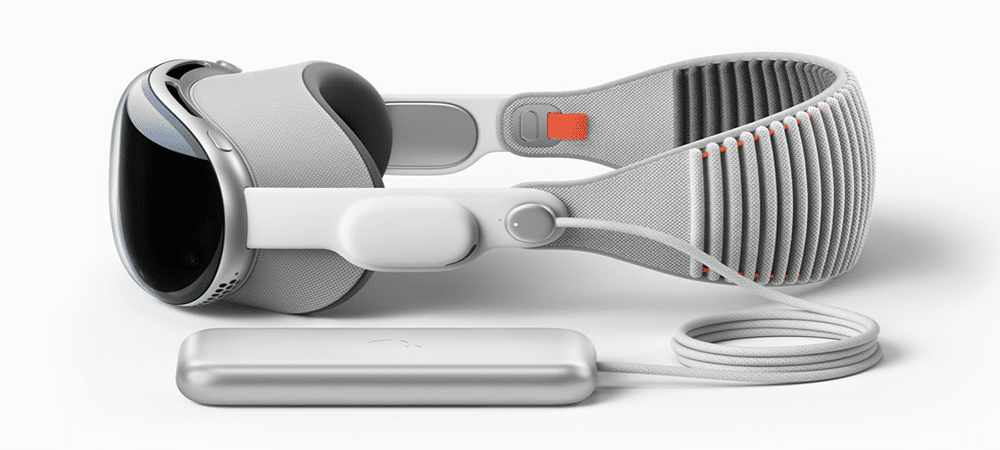
Expected Technical Features and Innovations
The Apple Vision Pro 2 (Lite) is rumored to provide the following impressive features that combine core functionality with optimized pricing.
Processing Power and Performance
Speculation suggests that the Apple Vision Pro 2 (Lite) will mark its entry into next-gen Apple devices with a new type of processor. The original model used the M-series processor. The expected shift to the A-series processor would allow for better integration with the iPhone. This, in turn, would open the door to added functionality through tethering. However, one example might be offloading part of a difficult processing task to the tethered iPhone or app integrations.
Display Technology and Visual Experience
Visuals are an important part of any mixed-reality headset, but the highest quality typically demands a high price. Recent discussions suggest that Apple might lower costs by using a special micro-OLED display for the Apple Vision Pro 2 (Lite). These changes might result in an emphasis on clarity with specific tasks while using a narrower field of vision. Likewise, this might come with a lower resolution compared to the original.
Tracking and Input Systems
Rumors within the industry suggest that the Apple Vision Pro 2 (Lite) will maintain the original’s powerful eye and hand-tracking system. The Apple AR/VR line uses these gestures as a core component of its ecosystem. Likewise, it’s why users can learn and then leverage techniques that apply to multiple Apple devices. However, there may be changes to allow for more focused or optimized tracking options.
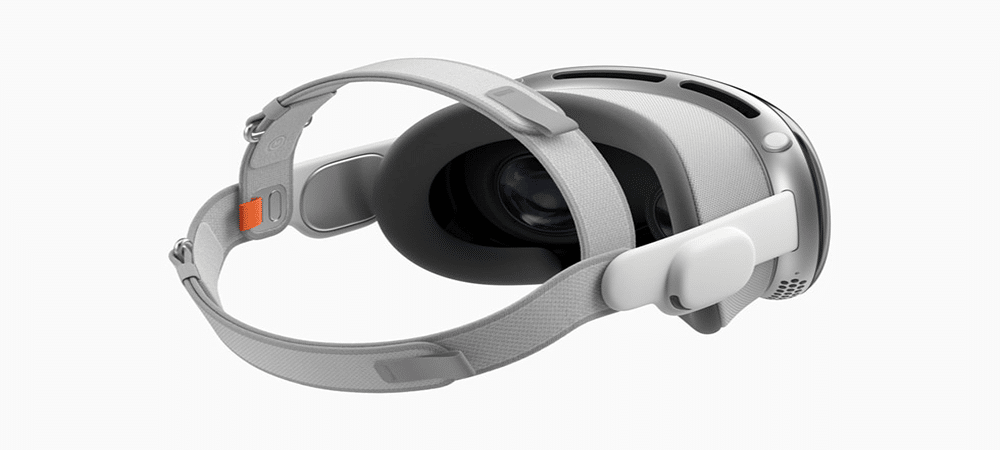
Software Integration and Apps
Market chatter suggests Apple’s VisionOS will remain at the heart of their new headset. Retention of the operating system means that this version should remain compatible with the existing Vision app ecosystem. Likewise, retaining an operating system means that users can feel at home when moving from one device to another. However, Apple may decide to optimize its operating system further for the new device. This might include streamlined interactions or additional focus on specific elements.
Battery and Power Management
Discussions around the Apple Vision Pro 2 (Lite) hint that it will feature some impressive changes to the battery and power management systems. This might come about through the use of iPhone tethering. A tethered headset may be able to leverage the iPhone’s processor to work with additional spatial computing or general management functions. This strategy might allow the new headset to function longer while handling even more complex challenges. Doing so might even change how people think about technological integrations and device autonomy.
Video: Introducing Apple Vision Pro 2 (Concept)
Expected Design and Build Quality Features
The current buzz around the Apple Vision Pro 2 (Lite) paints a picture of a device that melds core functionality with careful iteration from the original specs.
Headset Construction and Materials
The material used to create a headset used for Extended Reality (XR), VR, and AR needs to be both comfortable and durable. It’s speculated that the Apple Vision Pro 2 (Lite) will take this into account and use new methods involving lightweight composites and polymers. This might further balance the headset’s weight distribution while also helping to optimize its thermal regulation. These factors would help make the headset even more comfortable for users while not interfering with other core functions. If you want to find more information about Extended Reality (XR), read “Extended Reality; How is XR Changing the Digital World?”
Comfort and Ergonomics
It’s thought that the possible design changes might also extend to the headset’s ergonomic elements. For example, the Apple Vision Pro 2 (Lite) might ship with a reimagined strap system that would be more comfortable during longer sessions. The earlier model might also be used as a lesson in ergonomic design and influence the newer version. This would suggest that the newer model might have improved weight distribution and adjustability.
External Display Changes
Insight and stories from within the industry imply that the Apple Vision Pro 2 (Lite) won’t have EyeSight support. This change wouldn’t impact a user’s experience with features like augmented reality (AR). However, it would probably lead to changes in the way users interacted with other people while wearing it. While a potential loss in terms of features, it’s balanced out by the possibility of increased battery life and decreased weight for the unit. For more information about augmented reality (AR), read “Augmented Reality; Learn About AR Tech, Use Cases, Devices, and More!”
Size and Portability
Industry speculation has people excited about the headset’s possible new form factor. The device is rumored to put additional emphasis on mobility and convenience. The possible changes to the device’s form factor also mean that it has the potential to be easier to store, carry, and travel with. Having the device with you anywhere might open up new possibilities for virtual reality (VR), mixed reality, and more. This would be a significant boon for users who value mobility.
Cooling and Ventilation
Cooling, ventilation, and general thermal regulation help keep headsets comfortable and stable. The Apple Vision Pro 2 (Lite) is rumored to have a new cooling system to augment the changes to its form factor and processor. It is thought that this version might even include passive elements that could cool the device without any additional noise or power consumption.
Video: Does VisionOS 2 Make Vision Pro worth it?
Comparing Apple Vision Pro 2 (Lite) vs Original Vision Pro
The original Apple Vision Pro and the Apple Vision Pro 2 (Lite) are expected to share much of their underlying functionality. The current projections suggest that the new version will differ primarily in lack of EyeSight, new display, redesigned form factor, possible tethering options, and use of an A-series processor. This would mean the loss of one feature, EyeSight, but potential improvements in convenience and cost. It’s currently thought that this new version will excel in situations where comfort, portability, and usability are the primary concerns. However, industry buzz suggests that the core features and functionality will be retained. Check for the latest updates on the official Apple website. If you want to learn more about Apple Vision Pro, read “Apple Vision Pro; Everything To Know About Apple’s New MR Device!”
Target Audience
One of the most exciting things about the projected features of the Apple Vision Pro 2 (Lite) stems from its target audience. The original Vision Pro was impressive, but it came with a somewhat intimidating price. The new headset’s potential features suggest that Apple is trying to broaden its possible user base by lowering the cost of entry. This makes it much more appealing to students, content creators, and people interested in more practical use of the device within their lives. However, the projected retention of the original’s core features also means that it’s still an ideal match for cutting-edge tech enthusiasts.

Speculated Price and Included Features
One of the most exciting elements of the industry buzz around the Apple Vision Pro 2 (Lite) comes from its price. The device is rumored to cost between $1,500 to $2,000. This price point would represent a significant improvement over the first Vision Pro’s cost of $3,499. Buzz suggests that Apple aims to broaden its reach with its new headset and make it an attractive option for people who want to step into mixed reality for the first time. The basic package is rumored to contain essentials like charging accessories, straps, polishing cloth, etc. Moreover, the headset might also ship with accessories uniquely tailored to new features, such as the possible iPhone integration. Keep an eye on the official Apple website for the latest information. Apple Vision Pro 2 (Lite) buzz is catching everyone’s attention. Speculation suggests that it will balance cost and capability in a way that might open up new markets and new opportunities for users. So get ready to explore all of its possibilities.
Did You Like this Article About Apple Version Pro 2?
You might also be interested in the following articles:
- Expected Virtual Reality and Augmented Reality Headsets
- Apple Glasses; Everything We Know So Far About Apple’s AR Device
- Apple VR Headset; What We Know About Apple VR Gear So Far

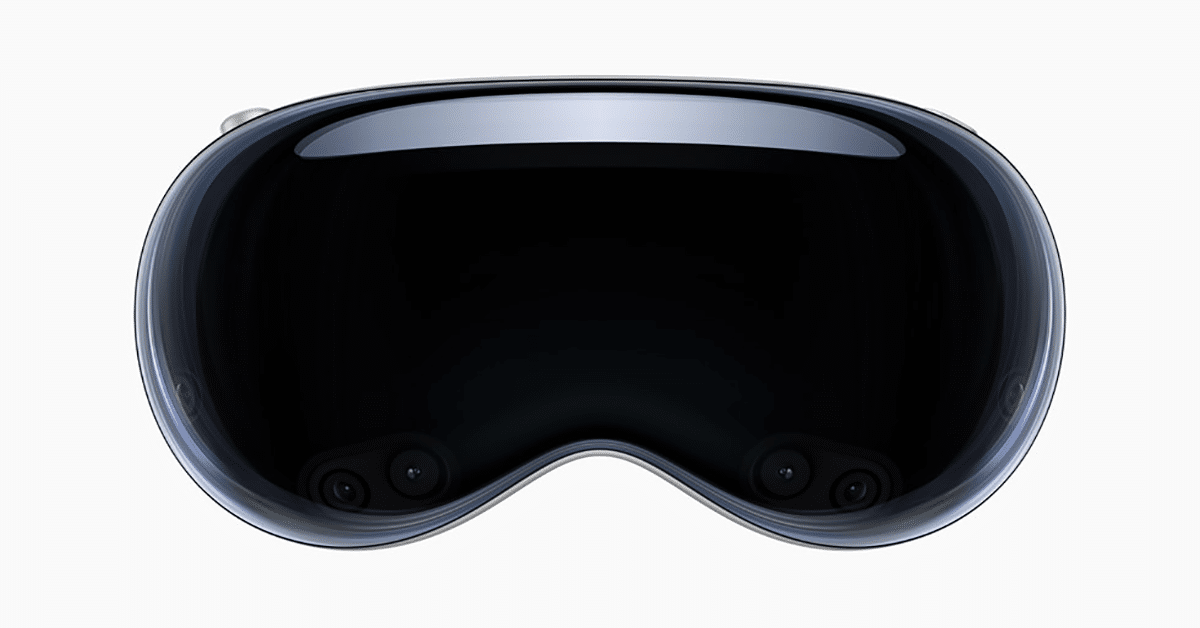
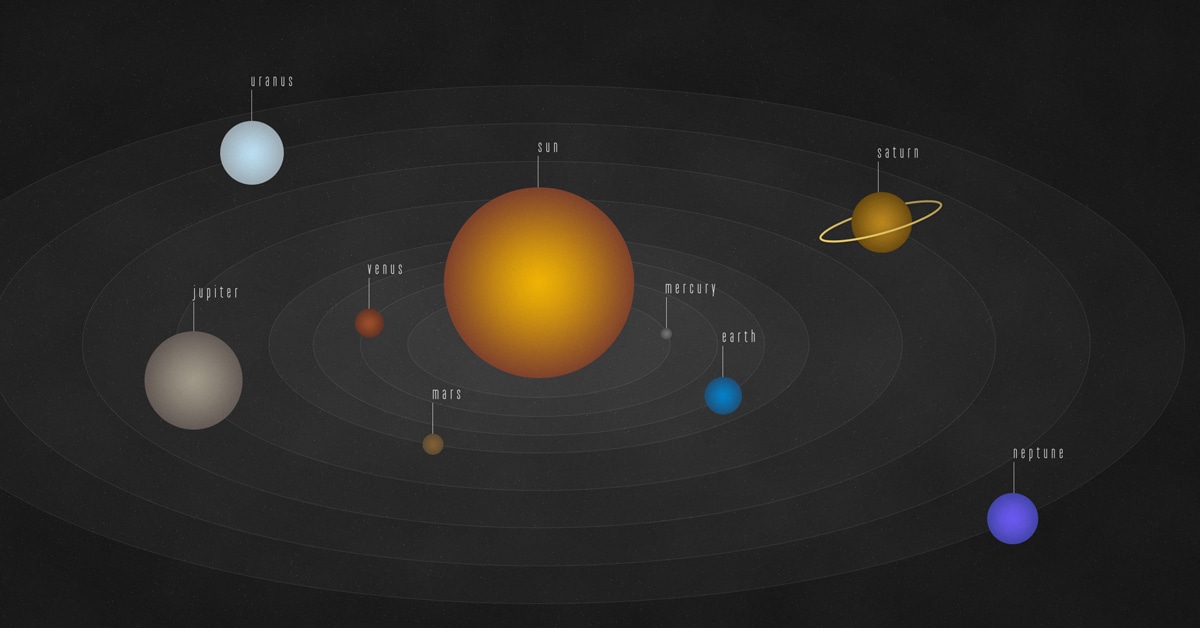
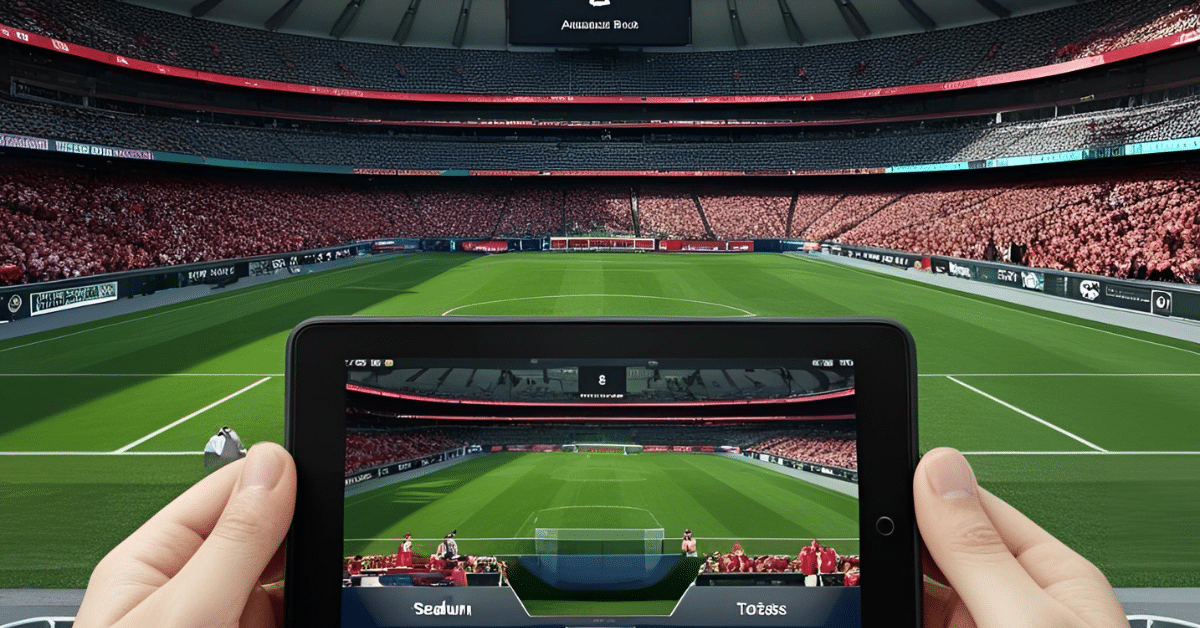
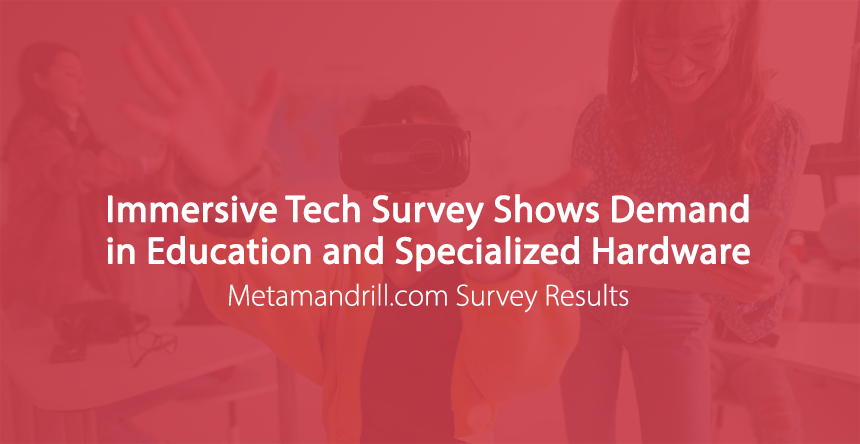
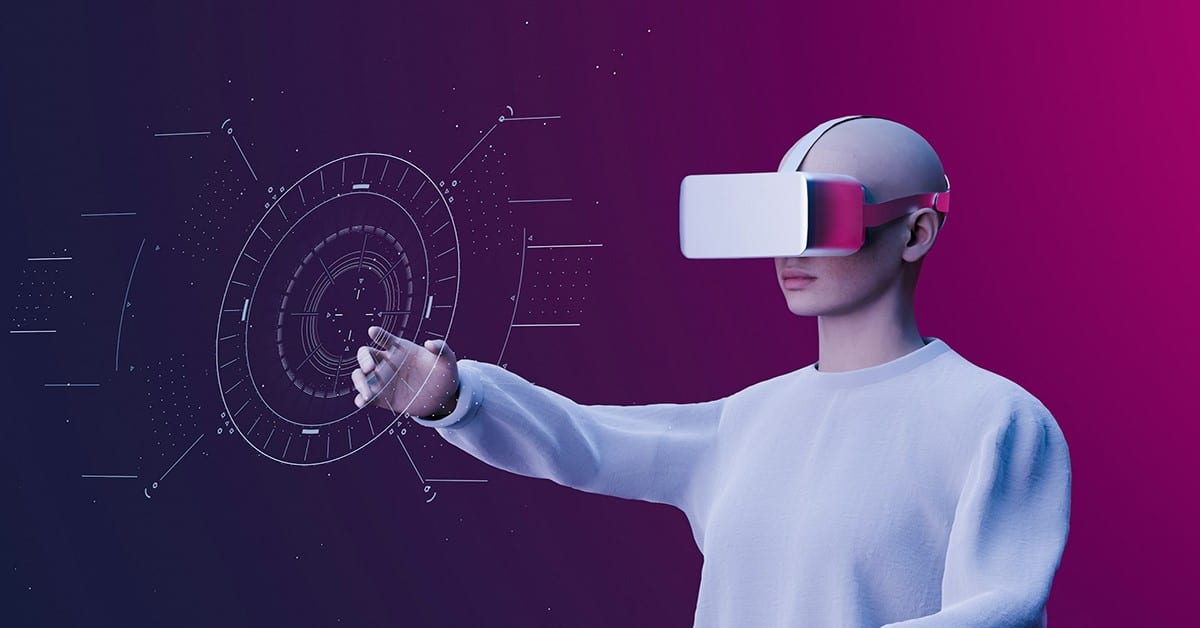
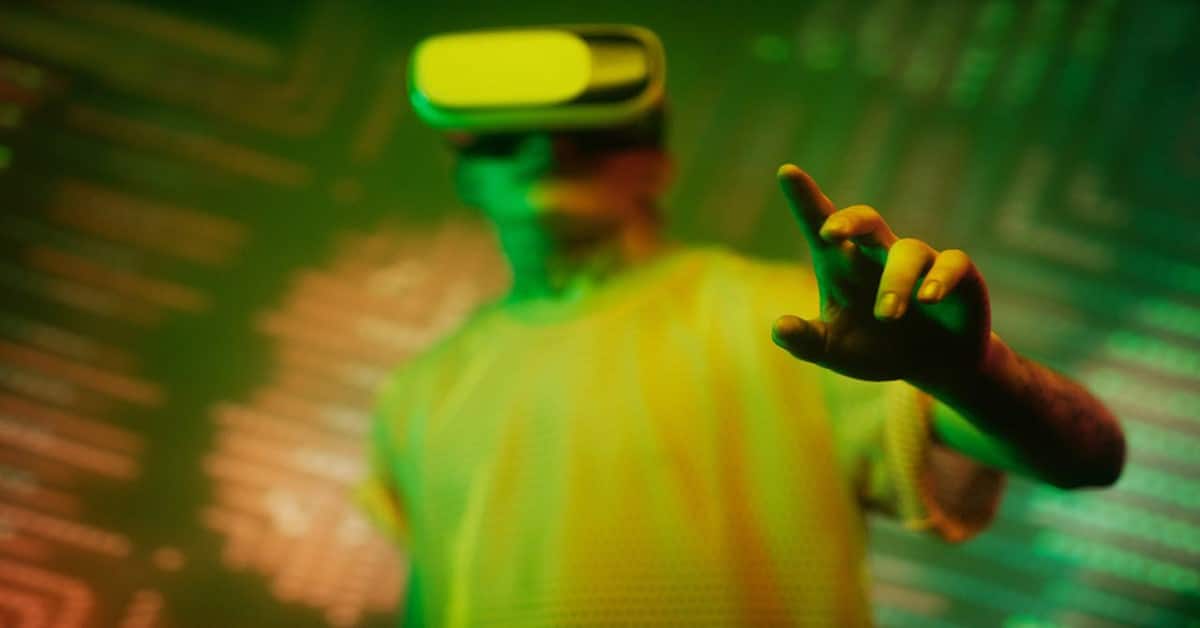


Leave A Comment